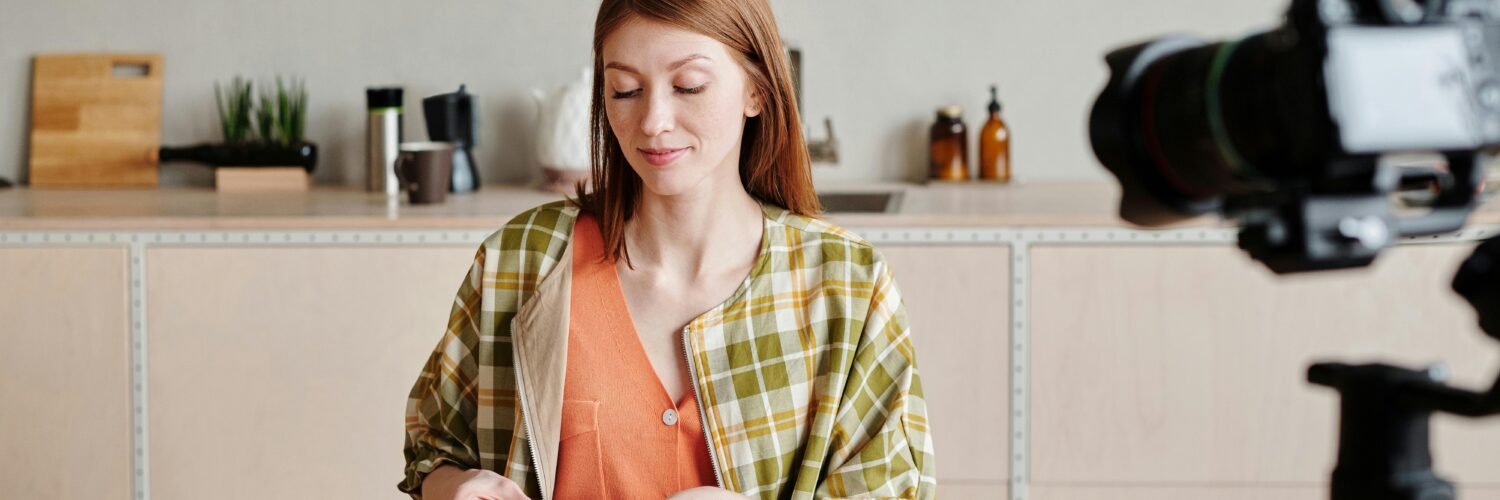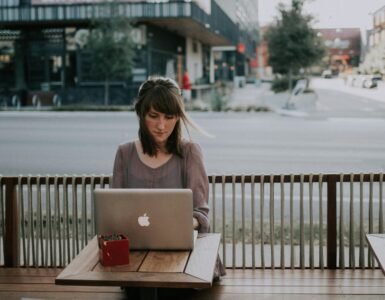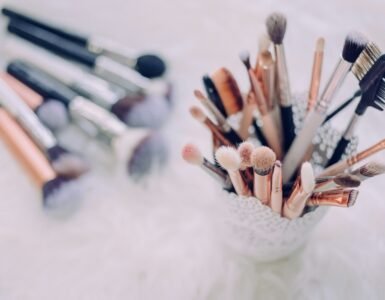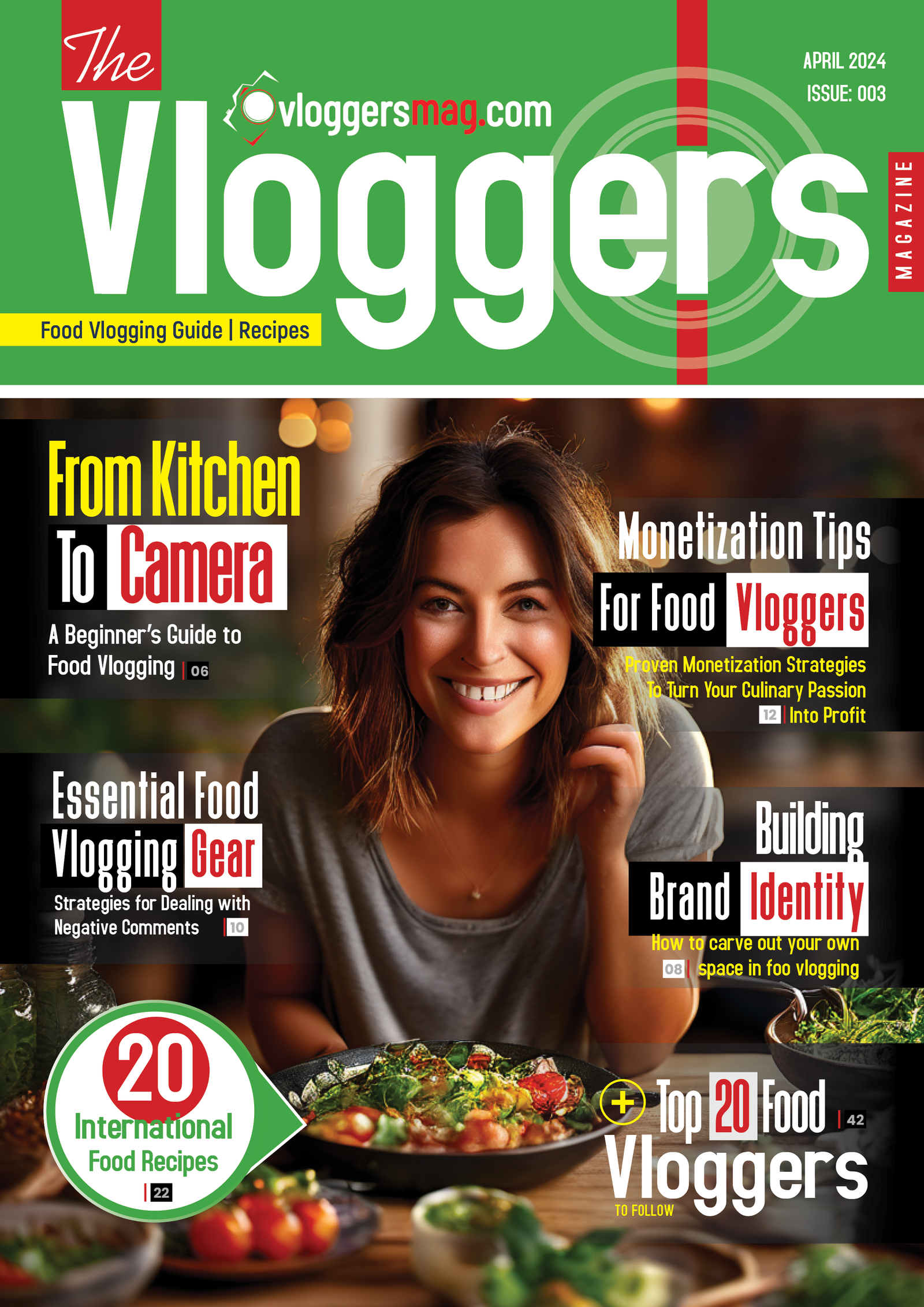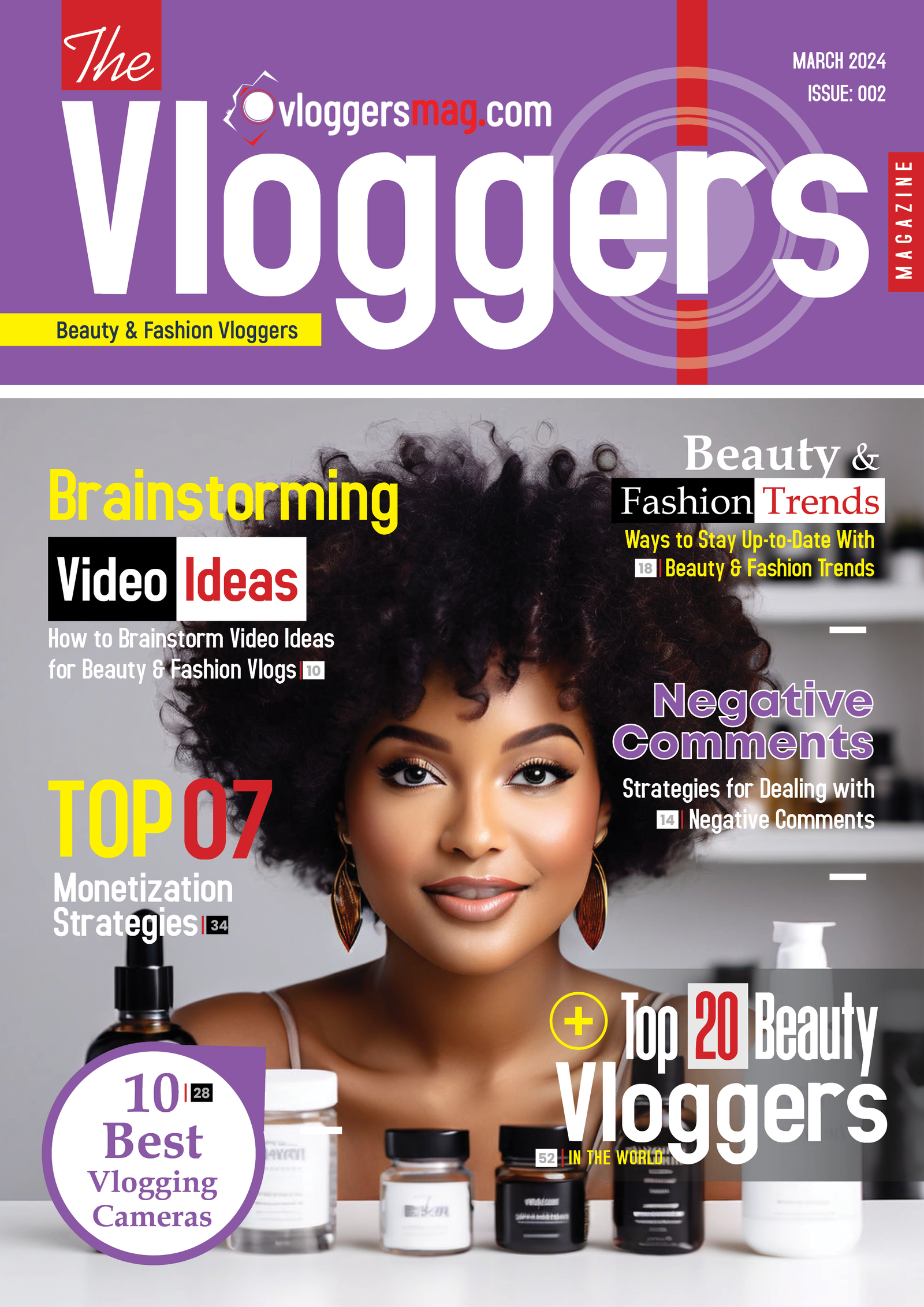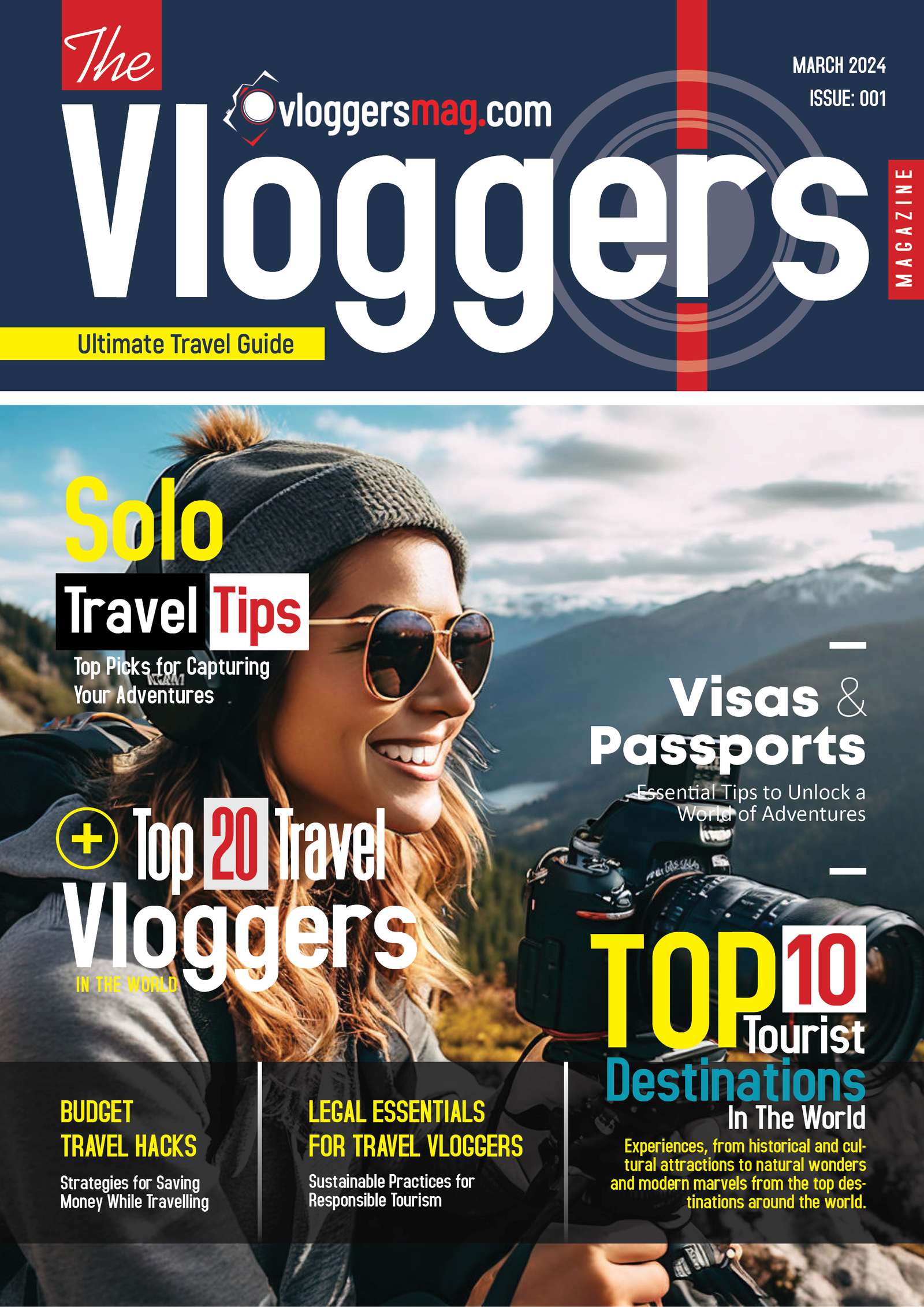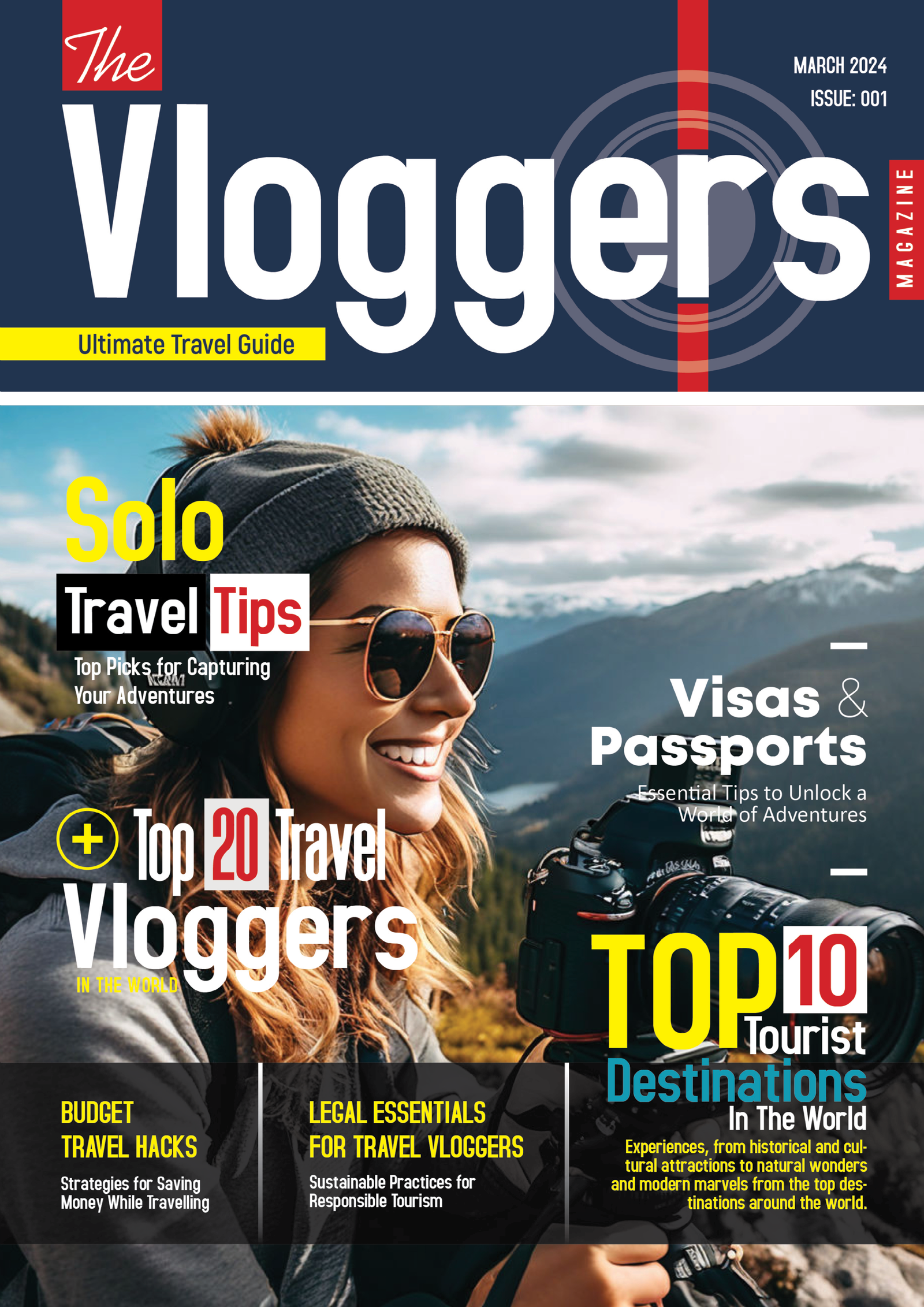S toryboarding: Let’s face it, filming a beauty and fashion vlog can feel like wrangling kittens sometimes. You have amazing ideas, fantastic products to showcase, but translating that vision into a visually engaging video can be a head-scratcher. Here’s where storyboarding comes in, your secret weapon for transforming video chaos into a smooth-flowing masterpiece. (Okay, maybe not a cinematic masterpiece, but cooler than random footage!)
Storyboarding Tips for a Beauty & Fashion Vlog
Think of a storyboard as a visual roadmap for your video. It’s a series of sketches or illustrations that map out each shot, scene transition, and element you plan to include. It might seem like an extra step, but trust me, it’s a game-changer. Storyboarding helps with:
- Planning & Organization: Visually plotting your video ensures you capture all the necessary shots from different angles and lighting setups.
- Creating a Flow: Storyboards help visualize how each scene transitions into the next, creating a cohesive and engaging video experience for your viewers.
- Clarity of Action: By visualizing your shots, you can communicate your vision to collaborators like lighting technicians or makeup artists.
- Saving Time & Resources: Having a storyboard on hand avoids wasting time figuring out camera angles or re-filming scenes because of missing footage.
Practical Storyboarding Tips for Beauty & Fashion vlogs:
1. Invest in the Basics: You don’t need fancy art supplies to create a storyboard. Grab some notebook paper, sticky notes, or even a digital note-taking app to sketch out your vision.
2. Break Down Your Video: Divide your vlog concept into smaller, manageable scenes. This could be a product introduction, a close-up shot of an eyeshadow application, or a full-body outfit reveal. Each scene gets its own space on your storyboard.
3. Sketch It Out: For each scene, create a simple illustration that captures the composition of the shot. Don’t worry about artistic perfection – focus on conveying the essential elements like camera angle, product placement, or even facial expressions.
4. Shot Type Variations: Storyboards aren’t just about static shots. Indicate close-ups, wide shots, over-the-shoulder angles, and any camera movement you plan to incorporate. This variety keeps your video visually interesting for viewers.
5. Note the Action: Below each storyboard sketch, write a brief description of what happens in the scene. Is it a voiceover explaining product benefits? Are you demonstrating a makeup application technique? These notes help you stay on track while filming.
Storyboard Examples Based on Different Video Formats:
Makeup Tutorial Storyboard:
- Scene 1: Sketch – Camera focuses on you smiling and holding your favorite eyeshadow palette. Note – Intro: Hey everyone, welcome back! Today’s a smoky eye tutorial.
- Scene 2: Sketch – Close-up of your hand applying a light base shadow to the eyelid. Note – Voiceover: Let’s start with a neutral base color to even out the lid.
- Scene 3: Sketch – Wide shot of you blending the eyeshadow with a fluffy brush. Note – Voiceover: Blending is key, so take your time and create a seamless transition.
Product Review Storyboard:
- Scene 1: Sketch – You hold up the product package with a bright smile. Note – Intro: Today, I’m reviewing this new moisturizer from [Brand Name].
- Scene 2: Sketch – Close-up shot of you applying the moisturizer onto your hand. Note – Voiceover: The texture feels lightweight and creamy.
- Scene 3: Sketch – Split-screen shot. One side shows the product packaging, the other you talking about the ingredients. Note – Voiceover: Let’s take a look at the ingredients – interesting, it contains hyaluronic acid!
Bonus Tips to Elevate Your Storyboarding Skills:
- Use Arrows & Annotations: Clearly indicate transitions between scenes using arrows and add notes for sound effects or background music changes.
- Time It Out: While storyboarding, estimate the approximate length of each scene. This helps ensure your video stays within a manageable timeframe.
- Get Feedback: Share your storyboards with a friend or fellow vlogger for constructive criticism. This helps refine your vision and identify potential gaps.
- Embrace Flexibility: Storyboards are excellent guides, but be open to adjusting them during filming. Sometimes, inspiration strikes in the moment, and that’s okay!
Storyboarding is an essential step in the pre-production process for any beauty and fashion vlog. By starting with a clear vision, breaking down your script or concept, sketching out your shots, considering visual style and aesthetics, using reference images and inspiration, keeping it flexible and iterative, and planning for post-production, you can create effective storyboards that elevate the quality and impact of your beauty and fashion vlogs. Embrace the creative process, experiment with different ideas, and have fun bringing your vision to life on screen.
You Might Also Find the Following Articles Intriguing
- Scripts Writing Techniques for Beauty & Fashion Vlogs
- Tips for Creating Eye-catching Thumbnails & Titles for Beauty & Fashion Vlogs
- Strategies for Dealing with Negative Comments as a Beauty & Fashion Vlogger
- How to Build a Loyal & Engaged Community – Beauty & Fashion Vlogger
- 10 Compelling Storytelling Video Ideas for YouTube
- How to Become a Tech Vlogger: Tips for Beginners
- 10 Interesting Travel Video Ideas for YouTube
- Tips for Starting a Family Vlog YouTube Channel
- 10 Trustworthy Review Video Ideas for YouTube
- How to Monetize Your Beauty & Fashion Vlogs
- 10 Engaging List YouTube Video Ideas
- Choosing a Vlogging Platform for Your Beauty & Fashion Vlogs
- How to Build a Brand Identity as a Food Vlogger
- Why & How to Collaborate With Other Beauty & Fashion Vloggers
- 20 Best Q&A Questions for YouTube Vloggers 2024 – Different Categories
- How to Live Streaming as a Travel Vlogger
- The Future of Tech Vlogging: Emerging Platforms and Technologies
- 10 Interactive Q&A YouTube Video Ideas
- Cross-Promotion on Social Media: Is it Good for Beauty & Fashion Vloggers?
- 10 Informative Webinar YouTube Video Ideas

